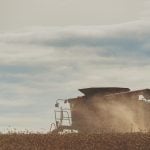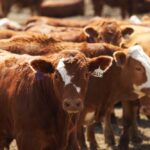Updated May 31, 2021. The following is the first in a three-part series of articles exploring how different community pastures shifted from government to producer operation, and the ongoing effects of that shift. Future articles will focus on environmental and financial implications. It’s been years since governments got out of community pastures. But the effects […] Read more














